Sintra: A truly enchanted world
Visit the picturesque Serra de Sintra and dare to enter a truly enchanted world of palaces and castles steeped in history, transporting us to times gone by and adventures past. Discover 5 of these treasures, which we have selected for you to have the best experience of discovering this mystical place and meeting with nature. The Serra de Sintra, also known as Monte da Lua, is classified as a UNESCO World Heritage Site in the Cultural Landscape category. The mountain is the protagonist of this landscape, which holds fantastic places that you will not want to miss.
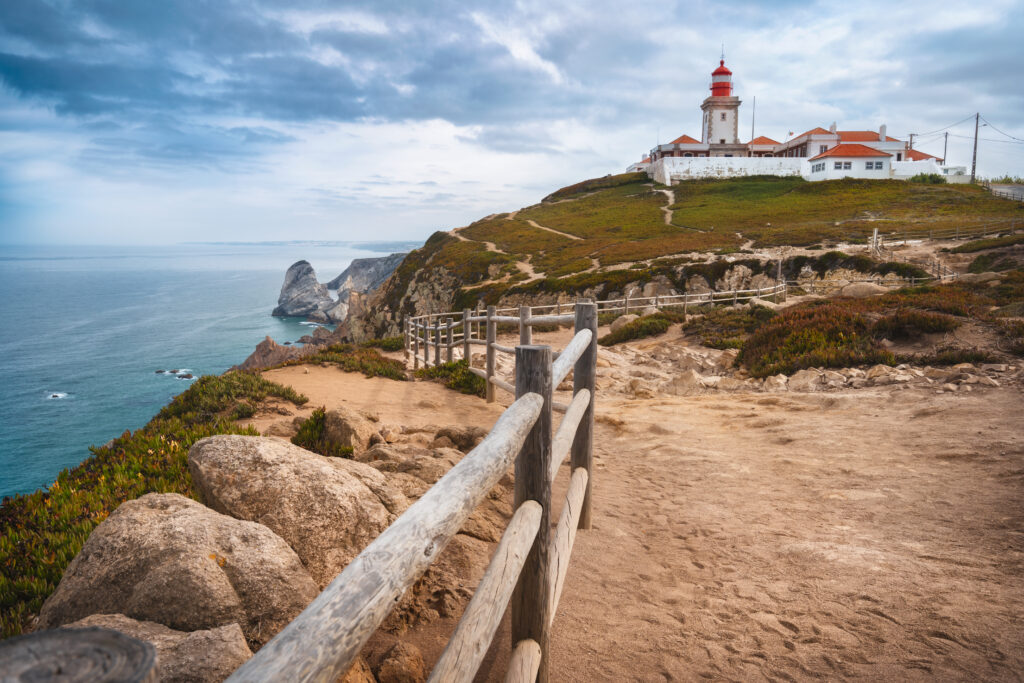
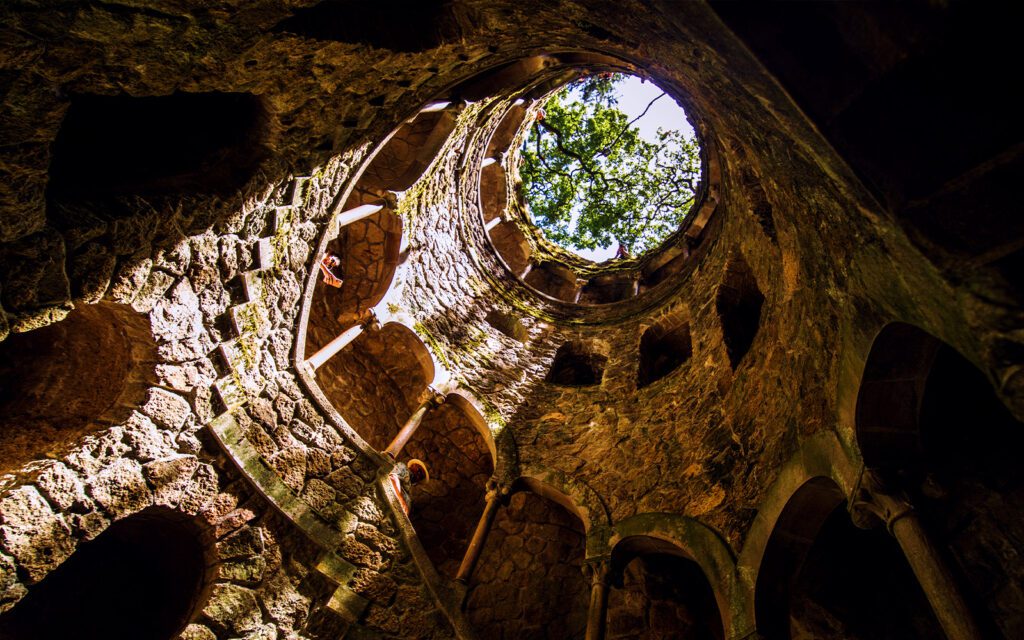
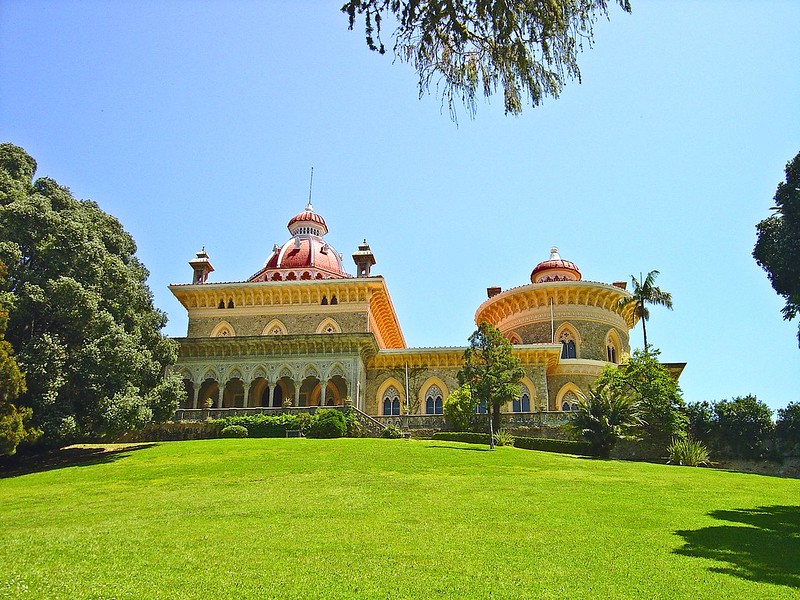
x
Pena National Palace
At the top of the hill, standing out in the landscape, the National Palace of Pena is a beautiful portrait of the romanticism that characterizes Sintra.
Between the end of the 18th century and the beginning of the 19th century, romanticism took hold in Europe. In Portugal, in the architectural field, he was personified by an unparalleled figure, Ferdinand of Saxe-Coburg and Gotha, born in Vienna, and who would become Ferdinand II, after marrying Queen Maria II. Dom Fernando II, on a visit to the region in the mid-19th century, fell in love with the landscape and acquired the old monastery that existed there, as well as the surrounding land, with the intention of having a summer residence built for the royal family.
The work on the palace took shape under the direction of Baron Eschwege, a longtime friend of the king. From the imagination of both, this palace was born, reflecting the profusion of architectural styles typical of Romanticism: neo-Gothic, neo-Moorish, neo-Manueline and neo-Renaissance. The end result is an exquisite work, full of details that the visitor cannot fail to discover and which reflects the fusion of the art of East and West.
The enchanting and stunning surrounding park was created to the vision of Dom Fernando II, carefully choosing the plant species as well as the landscaping. As if out of a fairy tale, the Park and the Palace of Pena are the maximum exponent, in Portugal, of the Romanticism of the 19th century.

x
Sintra National Palace
The National Palace of Sintra stands out in the landscape, with the unmistakable chimneys that are the ex-libris of the locality.
The ancient history of the Paço da Vila de Sintra goes back to the Arab occupation. Consisting of different bodies associated with different building campaigns, it often housed the court but was never a fixed place of residence. However, this has never hindered its luxurious decor. Carefully explore the entire complex and let yourself be enchanted by every nook and cranny. You will not be indifferent to the Swan Room, the Coat of Arms Room or the Chapel, which show the fusion of Muslim and Christian styles.
The ceiling of the Coat of Arms Room bears the arms of Dom Manuel I, his sons and 72 of the most influential families of the Portuguese nobility. It is undoubtedly one of the most important heraldic records of the country, still today a reference sought by Portuguese and Luso-descendants from all over the world. The harmonious encounter between Gothic, Mudejar and Renaissance elements, evident in the architecture and integrated heritage of the monument, constitute the living memory of remarkable successes in the history of Portugal and the opening to new worlds.
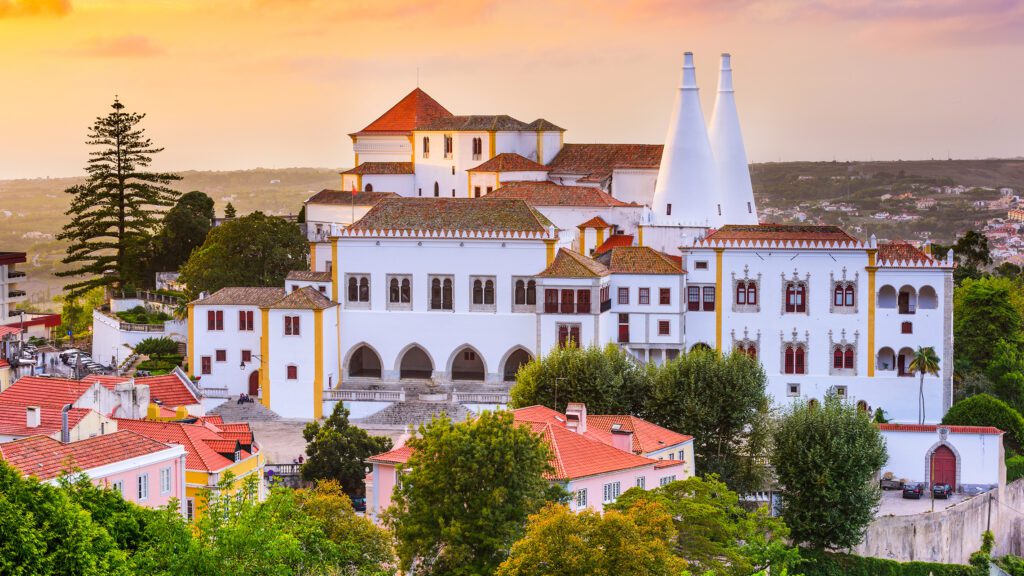
x
The Palace of Montserrat
The Palace of Monserrate is marked by its exotic atmosphere and oriental tendencies. Built by Sir Francis Cook, 1st Viscount of Monserrate, in the romantic style of the time, harmonizing Gothic, Indian and Arabesque suggestions in its decoration, it refers to the imaginary of a palace of the thousand and one nights. Outside, you can also explore a lush park with exotic species. In summer, the gardens are impromptu amphitheaters for musical performances.
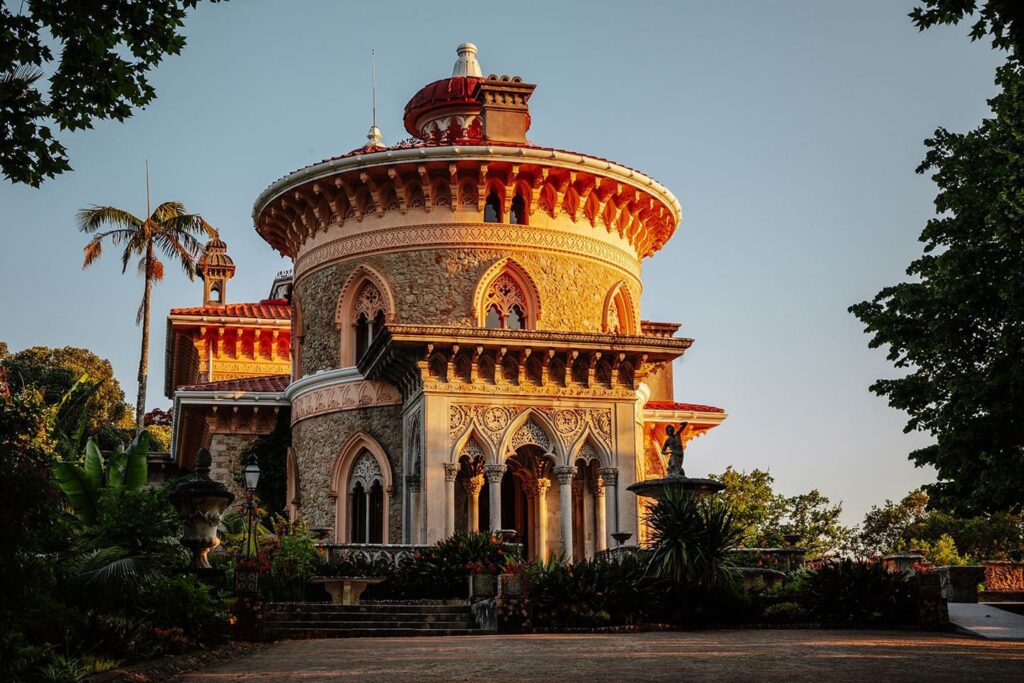
x
The Moorish Castle
The Moorish Castle is a military fortification erected around the 10th century by the Muslim populations that occupied the Iberian Peninsula. It occupies a key strategic position, playing an important role in the defense of the local territory and maritime access to the city of Lisbon. The walls adapt to the zigzags of the terrain, climbing the rocky blocks and surrounded by a dense forest. Inside the castle, you can discover the Silos, the Alcazaba, the Old Stables, the Tomb, the Cistern, among others.
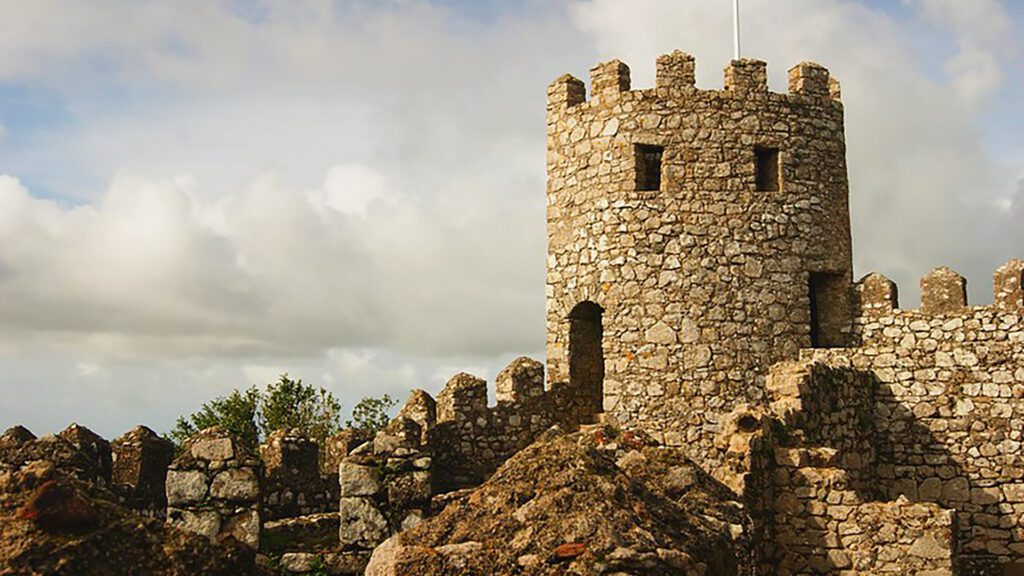
x
The Regaleira Estate
Quinta da Regaleira was built at the end of the 19th century with the spirit and ideals of romance. This fascinating set of buildings and lush garden is a reflection of the philosophical and initiatory interests of its owner, António Augusto Carvalho Monteiro, combined with the talent of the architect-scenographer Luigi Manini. More than a sightseeing tour, visiting Quinta da Regaleira is traveling in an imaginary universe of symbols and metaphors. In Sintra’s Cultural Landscape stands a gigantic stone screen, lasting testimony to an artistic temperament that is part of the town’s genetic code.
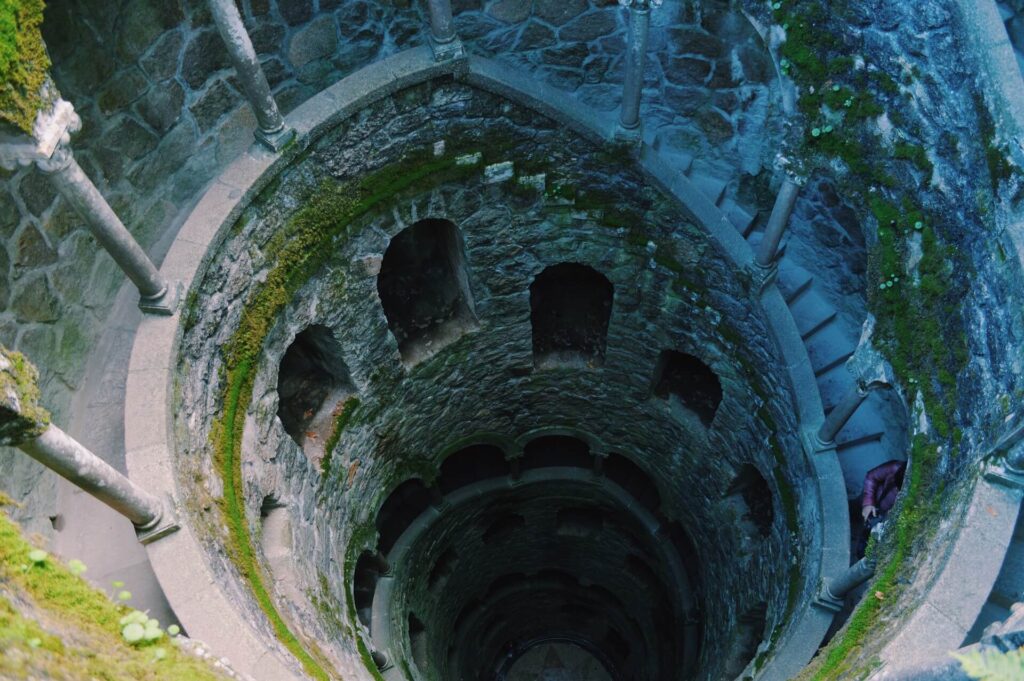
x
x



